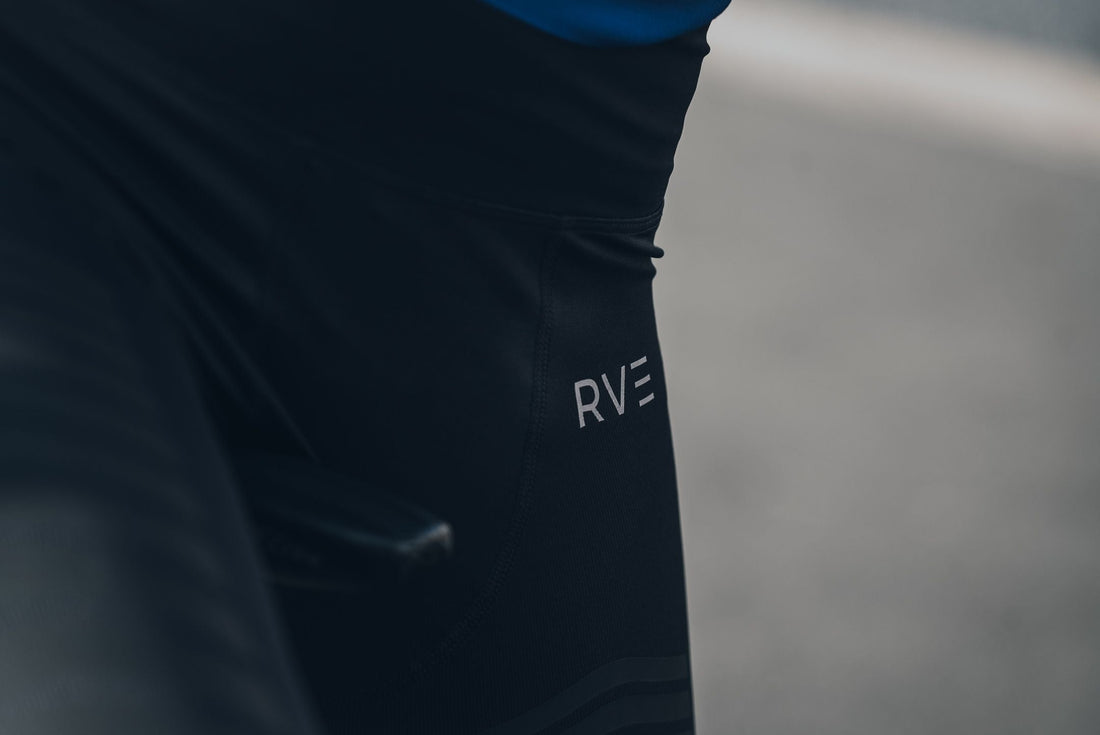Endurance athletes such as runners, cyclists and triathletes face unique challenges during long distance training and events. In this blog post, we explore how compression clothing can be a valuable tool to optimize performance, improve recovery and reduce the risk of injury for endurance athletes.
Benefits of Compression Clothing for Endurance Athletes:
Endurance athletes often push their bodies to the limit, which causes their muscles to be constantly exposed to repetitive stress and fatigue. Compression clothing offers several benefits to help athletes perform at their best, including improved circulation, reduced muscle vibration, and improved proprioception. By apply targeted compression to key muscle groups compression clothing can help athletes maintain peak performance over long distances and in challenging terrain. RVE products are carefully designed to support specific muscle chains and provide the right amount of compression in the right places. Special compression tape is added for extra support of the key muscle groups: quadriceps, hamstrings and calves.
Choosing the Right Compression Clothing:
Selecting the right compression clothing is essential to maximizing its benefits during long-distance training. Different activities may require different types of compression clothing, such as running shorts for runners, compression tights for cyclists, and compression socks for triathletes. Factors to consider include fit, material, and level of compression, which can vary depending on personal preference and training needs.
Integrating Compression Clothing into Training:
To get the most out of compression clothing, endurance athletes should strategically incorporate it into their training regimen. This includes wearing compression clothing during long runs, rides, or brick workouts to reduce muscle fatigue and aid recovery. Proper hydration, nutrition, and rest are also essential components of an effective training plan when using compression clothing.
Maximize Recovery with Compression Clothing:
After intense training sessions or competitions, compression clothing can play a crucial role in speeding up recovery and reducing muscle soreness. Athletes should wear compression clothing after training to promote blood circulation, reduce inflammation, and support muscles and joints during the recovery process. The optimal timing and duration of wearing compression clothing after training can vary depending on personal preference and training goals.
Conclusion:
In summary, compression clothing can be a valuable tool for endurance athletes looking to optimize their performance, improve recovery, and reduce the risk of injury during long-distance training and competition. By understanding the benefits of compression clothing, choosing the right garment for their needs, and strategically incorporating it into their training regimen, these types of athletes can take their performance to the next level and achieve their goals with confidence.

